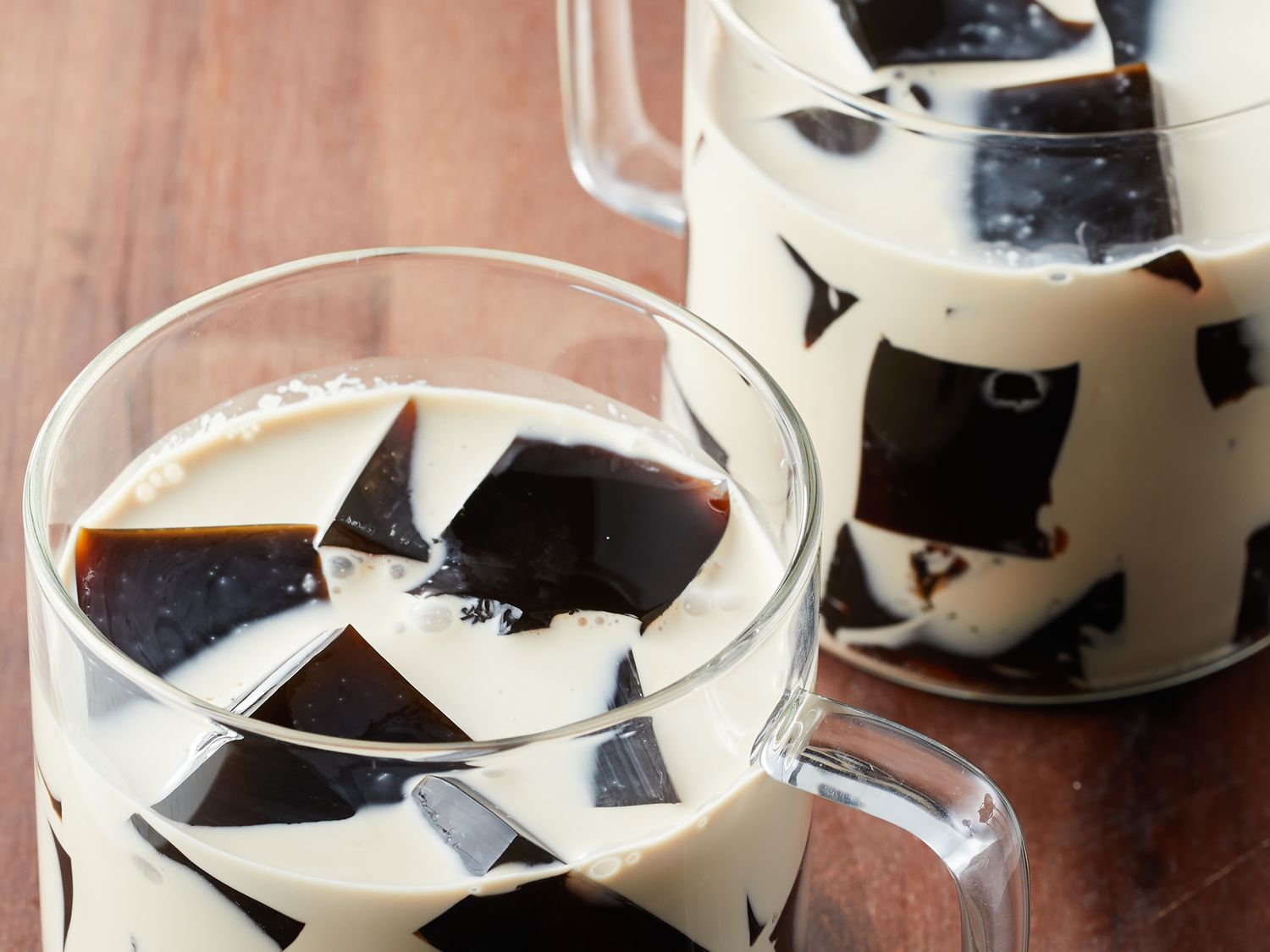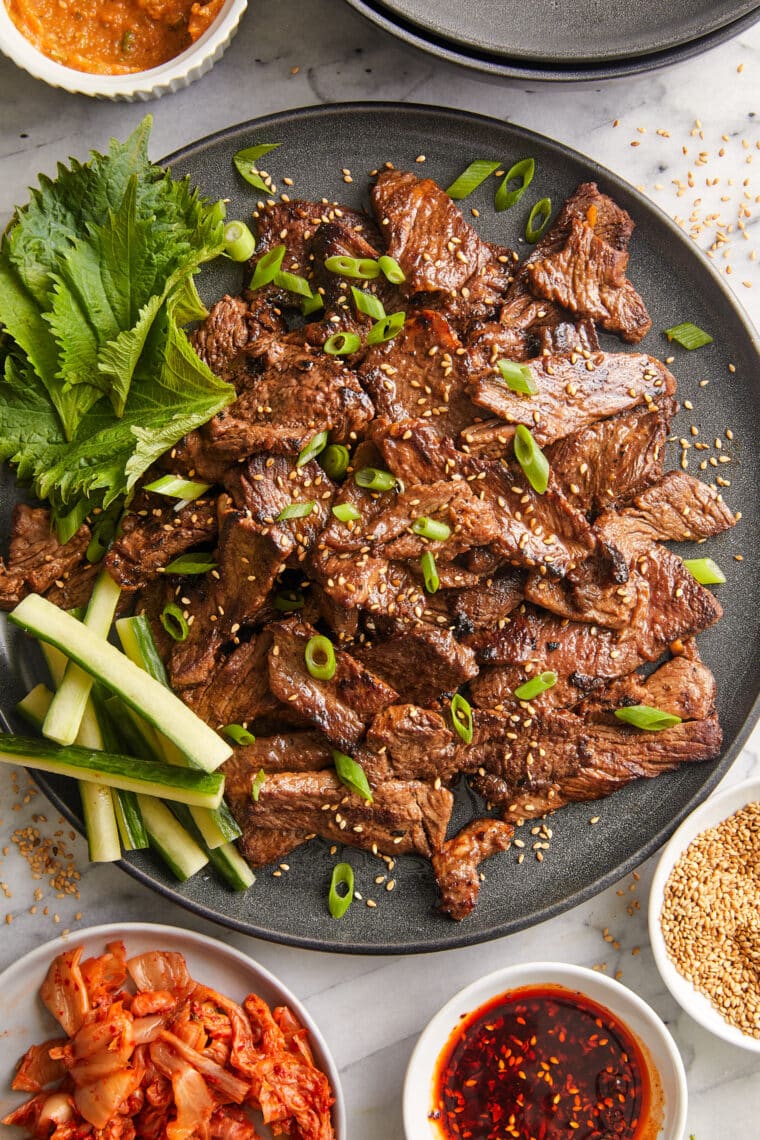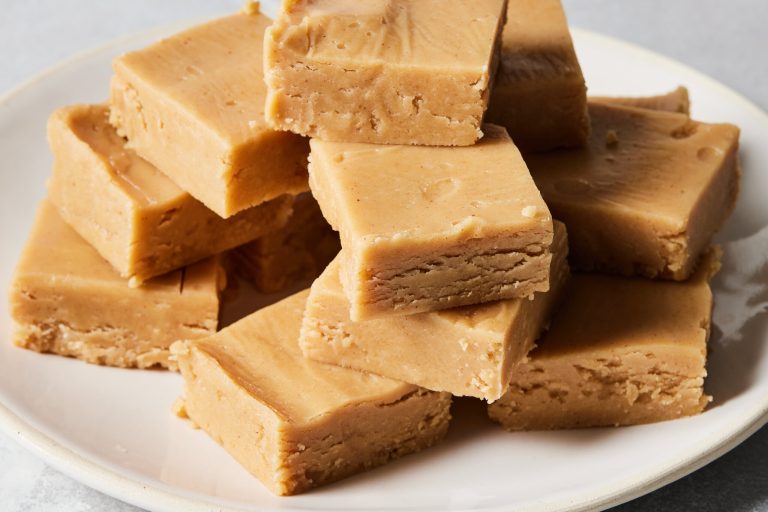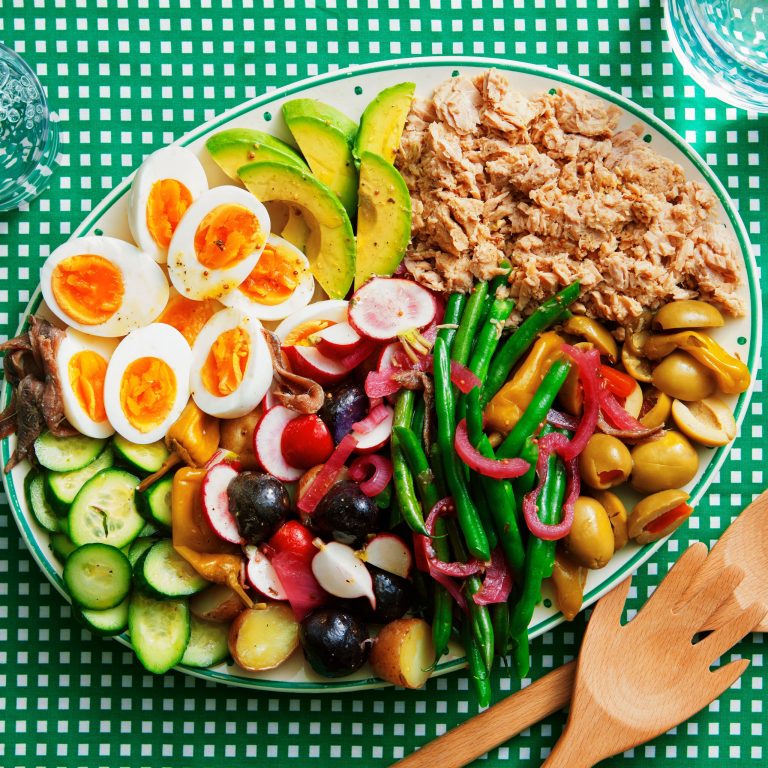Coffee Jelly: Origins, Recipes, and Serving Ideas
Coffee jelly originated in Japan in the early 1960s. Its development aimed to combine the flavors of coffee with the texture of traditional Japanese gelatin desserts. Over decades, it became a popular treat in Japanese cafes and households. The dessert spread globally, gaining attention for its unique combination of bitterness and sweetness.
How It’s Made
Coffee jelly uses a few simple ingredients: brewed coffee, sugar, and gelatin. Start by brewing strong coffee to ensure the flavor shines through. Mix the coffee with sugar to achieve the desired sweetness. While the coffee is still hot, dissolve the gelatin into the mixture. Pour the liquid into molds or a shallow dish. Let it chill in the refrigerator until it sets into a firm jelly. Serve the coffee jelly in cubes with cream or incorporate it into various desserts like parfaits and ice creams.
Key Ingredients in Coffee Jelly
Coffee Types and Selection
Choose the right coffee for your coffee jelly to ensure you capture the best flavors. Medium to dark roast coffees are popular due to their strong flavor profiles. Arabica beans, for instance, provide a balanced taste, combining richness and slight acidity. If you prefer a bolder taste, opt for Robusta beans, which deliver a more intense, bitter flavor. Use freshly brewed coffee for the most aromatic and flavorful results.
Alternative Sweeteners and Flavor Enhancers
Sweeteners enhance the dessert’s taste, balancing the bitterness of coffee. While sugar is commonly used, alternatives include honey, agave syrup, and maple syrup. These sweeteners offer different flavor notes and can cater to various dietary needs. Flavor enhancers like vanilla extract, cinnamon, or cocoa powder can add depth and complexity to the coffee jelly. For a richer twist, consider incorporating liqueurs such as Kahlua or Baileys.
Variations of Coffee Jelly Recipes
Classic Coffee Jelly
Classic coffee jelly uses traditional ingredients to create a delicious dessert. Combine strong brewed coffee, sugar, gelatin, and water. Use 2 cups of brewed coffee for the best flavor. Dissolve 1 tablespoon of gelatin in 4 tablespoons of cold water, then mix in the coffee and 1/4 cup of sugar. Heat the mixture until everything dissolves, then pour it into a mold and refrigerate for at least 4 hours. Serve with sweetened condensed milk or whipped cream.
Vegan and Gluten-Free Options
Vegan and gluten-free options cater to different dietary needs, ensuring everyone can enjoy coffee jelly. Replace gelatin with agar-agar, a plant-based alternative. Use 2 cups of brewed coffee, 1/4 cup of sugar, and 1 teaspoon of agar-agar powder. Mix the agar-agar with 1/2 cup of water and bring it to a boil. Add the coffee and sugar, then stir until everything dissolves. Pour the mixture into a mold and refrigerate for 4 hours. Serve it with coconut milk or almond milk for a creamy texture.
Serving Suggestions
Pairing Coffee Jelly With Desserts
Coffee jelly can elevate various desserts, making them more exciting and flavorful. For a creamy contrast, add whipped cream or vanilla ice cream. The smooth texture and rich flavor of these dairy products complement the coffee jelly’s firmness. Another option is to layer coffee jelly with yogurt and fresh fruit, like strawberries or blueberries. This creates a refreshing parfait perfect for hot days. You can also combine coffee jelly with sweet pastries, such as croissants or Danish pastries, for a delightful breakfast treat. For those who enjoy chocolate, mixing coffee jelly with chocolate mousse or brownies can add a unique twist to traditional desserts. When paired with cakes, coffee jelly adds moisture and an extra layer of flavor.
Creative Presentation Ideas
Impress your guests by serving coffee jelly in stylish ways. Use clear glasses or small jars to highlight the dessert’s layers. To create a layered effect, alternate coffee jelly with contrasting elements like whipped cream or condensed milk. Consider using silicone molds to shape the jelly into unique forms that can be a conversation starter at any gathering. Another idea is to include coffee jelly in a dessert platter, accompanied by mini pastries, berries, and various creams. For a more sophisticated touch, drizzle liqueurs like Kahlúa or Bailey’s over the coffee jelly just before serving. This enhances the flavor profile while adding a decorative touch. When presenting individual servings, garnish with mint leaves or chocolate shavings for an added visual appeal.
Nutritional Information
Health Benefits
Coffee jelly offers several health benefits, thanks to its key ingredients. The main component, coffee, contains antioxidants that help fight inflammation and support overall health. Vitamin B2 in coffee contributes to energy production, while magnesium aids muscle function and promotes a healthy nervous system. Gelatin, another essential ingredient, provides protein that supports skin, hair, nail, and joint health. For vegan versions, agar-agar (a plant-based alternative) contains high levels of fiber, aiding digestion. Including alternatives like honey or maple syrup as sweeteners adds natural sugars, which provide a more sustained energy release than refined sugars.
Caloric Content
On average, a serving of coffee jelly (about 100 grams) contains around 50-70 calories, depending on the ingredients used. The primary contributors to caloric content are the sweeteners added during preparation. For those aiming to reduce calorie intake, using low-sugar or sugar-free substitutes can decrease the overall energy content. When paired with items such as whipped cream or ice cream, the caloric content will increase, so it’s important to consider portion sizes if you’re managing your caloric intake.
| Nutrient | Amount per 100g Serving |
|---|---|
| Calories | 50-70 |
| Protein | 0.5-2g |
| Carbohydrates | 12-18g |
| Sugars | 10-15g |
| Fiber (with agar-agar) | 1-2g |
Coffee jelly can be a lower-calorie dessert option if carefully prepared and consumed in moderation.
Conclusion
Coffee jelly offers a delightful fusion of flavors and textures that can be tailored to suit various dietary preferences. Whether you’re a fan of classic recipes or looking for vegan and gluten-free alternatives you’ll find endless possibilities to explore. By selecting quality ingredients and experimenting with different sweeteners and flavor enhancers you can create a dessert that’s both delicious and nutritious.
Pairing coffee jelly with complementary desserts and presenting it creatively can elevate your dining experience. With its potential health benefits and lower-calorie options coffee jelly stands out as a versatile and enjoyable treat. Dive into the world of coffee jelly and discover how this unique dessert can become a favorite in your culinary repertoire.






